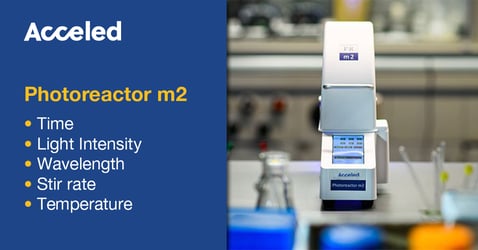There is a long road ahead to meet sustainability needs and halt the damage done by climate change. The world’s best environmental researchers are always looking for new ways to repair damage to the planet and photocatalysis is one of many promising avenues.
Over the last century, increasing industrialization around the world has led to a rise in pollutants found in our air and water. Many solutions have been proposed to combat this, but photocatalysis has been shown to have several advantages to current methods. Dive into the latest photocatalysis research and see the outlook of this method for combatting environmental damage.
Photocatalysis for Water Pollution
Photocatalytic water treatment: solar energy applications
Researchers are actively working on eco-friendly alternative technologies to keep the planet clean. One area of intense research is sustainable energy production and pollutant destruction. Semiconductor-mediated photocatalysis is a well-established technique that uses light absorption to catalyze reactions. Nanocrystalline titanium dioxide (NTO) is a versatile semiconductor photocatalyst that can be used for water splitting to produce clean fuel and water.
NTO is unique due to its chemical inertness, photostability, and low production cost. It is an efficient and eco-friendly catalyst for advanced oxidation processes (AOP), which are used for water and air purification. In comparison, the photo-Fenton technique, another AOP, requires additional reagents such as ferrous sulfate and hydrogen peroxide. NTO photocatalysis, on the other hand, may not require any additional reagents beyond the NTO catalyst.

The Photoreactor m2 is at the forefront of photocatalysis discovery. Researchers trust this tool to create consistent and reliable results thanks to its high adjustability and standardization.
Learn more about the m2 and how it can optimize your discovery process:
Photocatalysis for Air Purification
Photocatalytic air purification mimicking the self-cleaning process of the atmosphere
Currently, absorption is the most common method of air purification. It works by using porous materials, like activated carbons, to pull contaminants out of the air. However, there is a constant need to replace these materials which can quickly become costly. Additionally, areas with high humidity can seriously stifle their ability to absorb contaminants.
Photocatalytic oxidation is a proposed alternative to the previous methods. It can degrade harmful pollutants using solar energy without releasing harmful byproducts. This method also requires no additional energy output besides light – even in ambient conditions. Potential downsides to this method are low photon utilization efficiency and slow removal rate, difficulty scaling up, and fouling/deactivation of photocatalysts during prolonged operation.
Photocatalytic materials and technologies for air purification
The impact of air quality on human health is increasingly becoming a concern. Photocatalysis has shown promise as a purification method but still struggles with scalability. This study explores ways to improve photocatalytic performance by developing novel materials and technologies.
As the photocatalytic process improves, large-scale removal of nearly all types of air pollutants can be degraded into nontoxic final products, such as CO2 and H2O.
Did you know that the Photoreactor m2 got an upgrade? The new 450Hi light module contains 3x the original light intensity, further accelerating your research speed.
See the specs and upgrade your m1 or m2 system:



